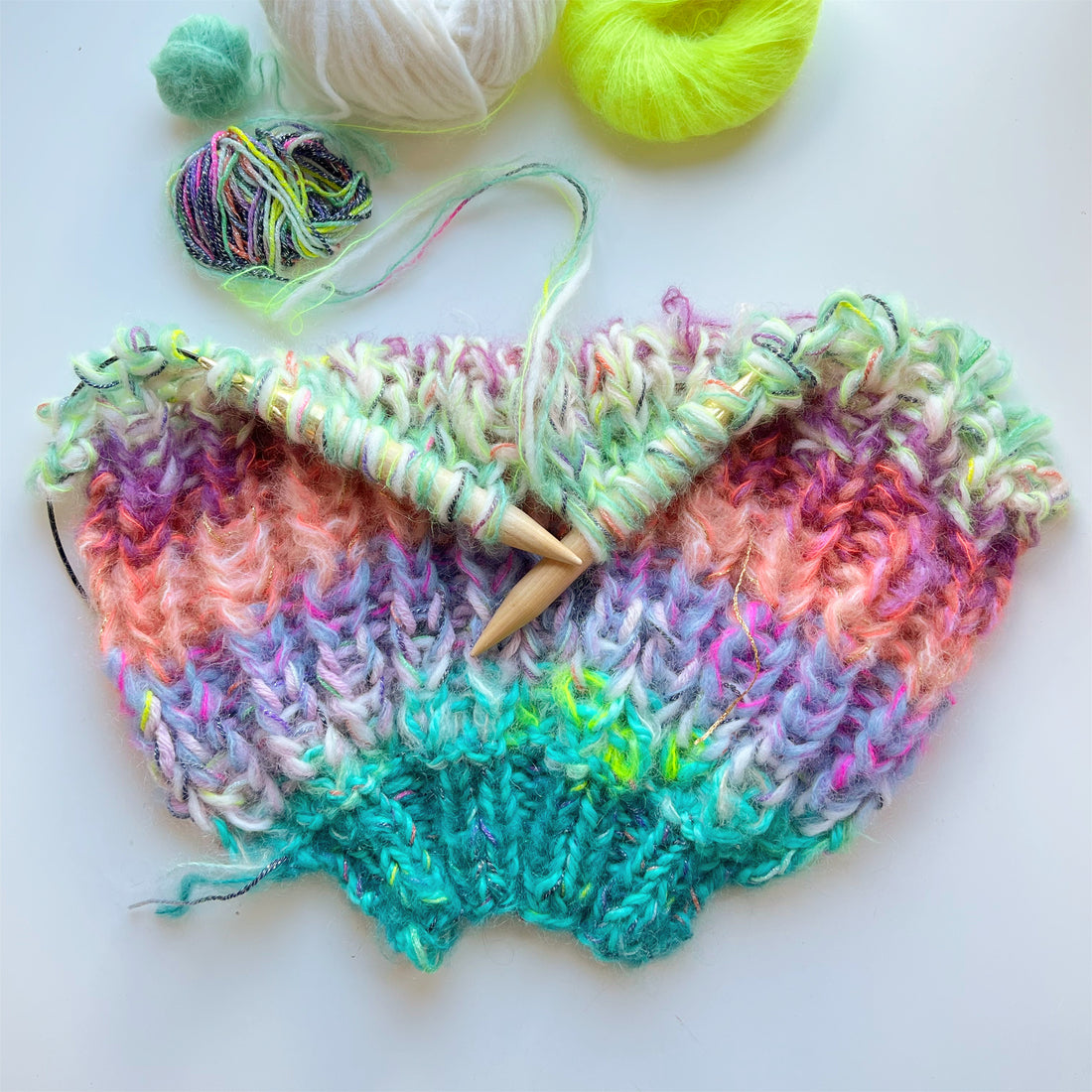
Common knitting abbreviations
Share
Knitting is a beautiful craft that allows you to create unique and cozy garments. However, if you're new to knitting, you may find yourself puzzled by the various abbreviations used in knitting patterns. Fear not! In this blog post, we will demystify the world of knitting abbreviations and help you understand their meanings.
What are knitting abbreviations?
Knitting abbreviations are shorthand notations used in knitting patterns to save space and make instructions more concise. They are commonly used to represent specific knitting stitches, techniques, or actions.
Why are knitting abbreviations used?
Knitting patterns can be quite lengthy, especially for complex projects. By using abbreviations, designers can condense the instructions, making them easier to read and follow. Additionally, abbreviations are often standardized across patterns, making it easier for experienced knitters to understand and work on different projects.
Common knitting abbreviations
Here are some of the most commonly used knitting abbreviations:
- K - Knit
- P - Purl
- YO - Yarn Over
- SSK - Slip, Slip, Knit
- K2tog - Knit Two Together
- PM - Place Marker
- SM - Slip Marker
- RS - Right Side
- WS - Wrong Side
Where can you find a list of knitting abbreviations?
Most knitting patterns include a list of abbreviations at the beginning or end of the instructions. This list provides a reference for the abbreviations used in that specific pattern. Additionally, there are many online resources and knitting books that provide comprehensive lists of knitting abbreviations and their meanings.
How to read knitting abbreviations
Reading knitting abbreviations is fairly straightforward once you understand the basics. Each abbreviation represents a specific action or stitch. For example, "K2tog" means to knit two stitches together, while "YO" indicates a yarn over. By following the instructions and performing the corresponding actions, you can create intricate patterns and designs.
Conclusion
Learning knitting abbreviations is an essential skill for any aspiring knitter. By familiarizing yourself with these shorthand notations, you'll be able to confidently tackle a wide range of knitting patterns. Remember, practice makes perfect, so don't be discouraged if it takes some time to become comfortable with the abbreviations. Happy knitting!
